The e-commerce landscape in India is evolving rapidly, and at the forefront of this transformation is Augmented Reality (AR). As competition heats up among online retailers, AR is being used to bridge the gap between physical and digital shopping. From virtual try-ons to 3D product views, AR is not just a trend—it’s a game-changer for online shopping in India.
In this article, we’ll explore how AR is being used by Indian e-commerce giants, the benefits it offers to consumers and retailers, and what the future holds for AR-powered shopping.
👓 What Is Augmented Reality (AR)?
Augmented Reality is a technology that overlays digital elements—like images, animations, or 3D models—onto the real world using devices like smartphones, tablets, or AR glasses. Unlike Virtual Reality (VR), which creates an entirely virtual world, AR enhances your existing environment.
In online shopping, AR allows users to:
- Virtually try on clothes, glasses, or makeup
- See how furniture looks in their home
- Interact with products in 3D before purchasing
🛍️ Why AR Matters in Indian E-Commerce
1. India’s Rising Smartphone Penetration
With over 800 million smartphone users and rising 4G/5G adoption, India is the perfect market for mobile-first AR experiences.
2. Trust Issues with Online Shopping
One of the biggest hurdles for Indian shoppers is uncertainty—“Will this look good on me?” or “Will this sofa fit in my living room?” AR solves that.
3. Youthful, Tech-Savvy Audience
Over 60% of India’s population is under 35. This digitally native generation is eager for immersive, engaging, and futuristic shopping experiences.
🛒 Real Examples of AR in Indian Online Shopping
1. Lenskart – Virtual Eyewear Try-On
Lenskart’s app allows users to try on glasses and sunglasses in real-time using facial mapping. Shoppers can rotate their faces to view frames from different angles before making a decision.
2. Nykaa – AR Makeup Try-On
Nykaa’s app uses AR to let users test out lipsticks, foundation shades, and eyeshadows on their own face using front cameras—mimicking a real-time mirror.
3. Flipkart and Amazon – AR View for Home Décor
These platforms use AR to help users visualize how a table, bed, or lamp would look in their living room. Users simply point their camera at a space, and the product appears to scale.
4. Tanishq – Virtual Jewellery Try-On
Tanishq’s AR tech lets customers try on necklaces, earrings, and bangles virtually—an experience that’s incredibly helpful for high-value items.
💡 Benefits of AR for Online Shoppers
✅ Better Decision-Making
AR allows shoppers to explore products as if they were physically present, leading to informed purchases.
✅ Reduced Return Rates
When shoppers see how a product looks or fits beforehand, they’re less likely to return it—saving time and costs for both customers and sellers.
✅ Increased Engagement
AR experiences boost customer interaction time with products, which can improve conversion rates significantly.
✅ Personalized Experience
AR allows for customization and personalization, such as trying different colors, styles, or configurations in real time.
🏬 Benefits of AR for E-Commerce Businesses
📈 Higher Conversion Rates
Studies show that AR-driven product pages see up to 94% higher conversion rates compared to standard pages.
🧾 Better Product Visualization
3D modeling and spatial placement give brands a competitive edge in categories like furniture, fashion, and accessories.
📉 Lower Return Costs
Returns can eat into profits—AR minimizes these by helping customers get it right the first time.
📣 Innovative Brand Positioning
Companies that offer AR features are seen as tech-forward and customer-focused, improving brand loyalty.
🧠 How AR Works in Online Shopping
Key Technologies Behind AR:
- AI & Machine Learning – Helps recognize facial features or room layouts
- 3D Modeling – Used to build realistic product renders
- Computer Vision – Interprets the real-world environment through the phone’s camera
- AR SDKs (Software Development Kits) – Like Apple ARKit, Google ARCore, and Snap Lens Studio
These tools combine to deliver seamless AR experiences directly through mobile apps or browsers.
🌍 Global Inspiration: AR in E-Commerce Worldwide
- IKEA Place App – Lets users place furniture in their home virtually
- Sephora Virtual Artist – Allows users to try makeup virtually
- Nike Fit – Uses AR to scan feet and recommend perfect shoe sizes
Indian brands are following suit, and in many ways, innovating faster due to a highly mobile-first market.
📊 Market Potential for AR in Indian E-Commerce
- India’s AR/VR market is expected to reach $14 billion by 2027
- Over 300 Indian startups are currently working in AR/VR tech
- Retailers investing in AR see 20-30% higher customer satisfaction
🔮 The Future of AR in Indian Online Shopping
1. AR-Powered Smart Mirrors in Malls
Soon, shoppers will try on clothes virtually in stores using AR mirrors—bridging online and offline retail.
2. Voice + AR Integration
Voice assistants paired with AR could help users explore products hands-free. Imagine saying, “Show me this sofa in blue,” and watching it appear in your room instantly.
3. AI-Driven Personalization
With AI, AR shopping will become even more customized—suggesting items based on body type, skin tone, or home decor preferences.
4. AR in Regional Languages
To penetrate rural and tier-2 cities, AR apps will soon support Hindi, Tamil, Telugu, and other Indian languages.
✅ Conclusion
Augmented Reality is redefining how Indians shop online. As infrastructure improves and more brands adopt AR, the technology will become a standard part of the e-commerce experience.
Whether you’re buying lipstick, spectacles, or a sofa—AR helps you see it before you buy it. For Indian e-commerce players, it’s not just about technology; it’s about offering trust, convenience, and personalization in a competitive marketplace.
If you’re an online business or startup in India, AR is no longer optional—it’s essential for staying relevant in a digitally transformed 2025.

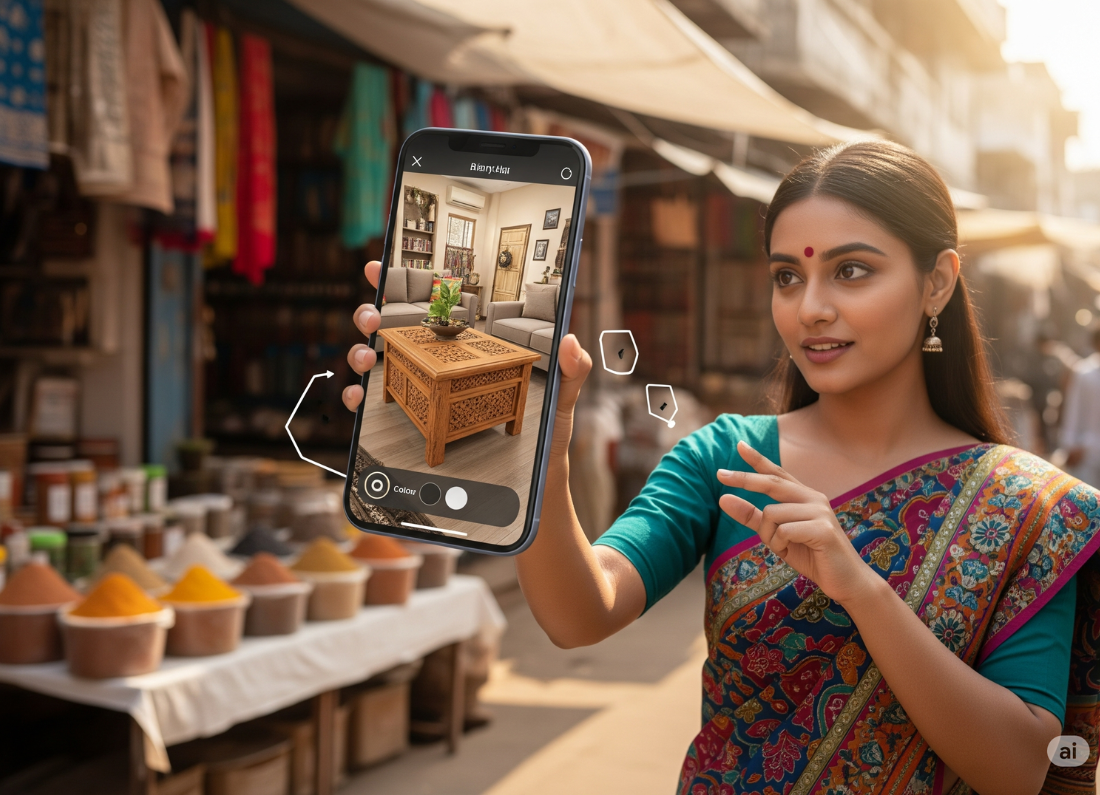

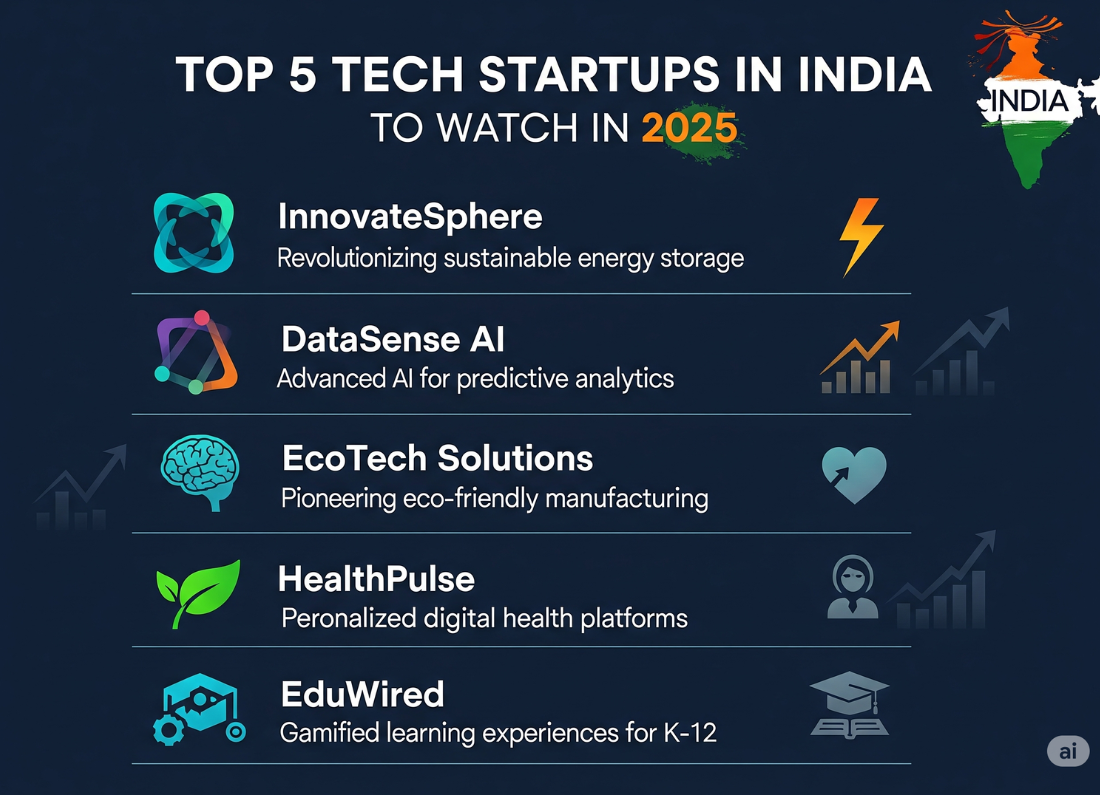
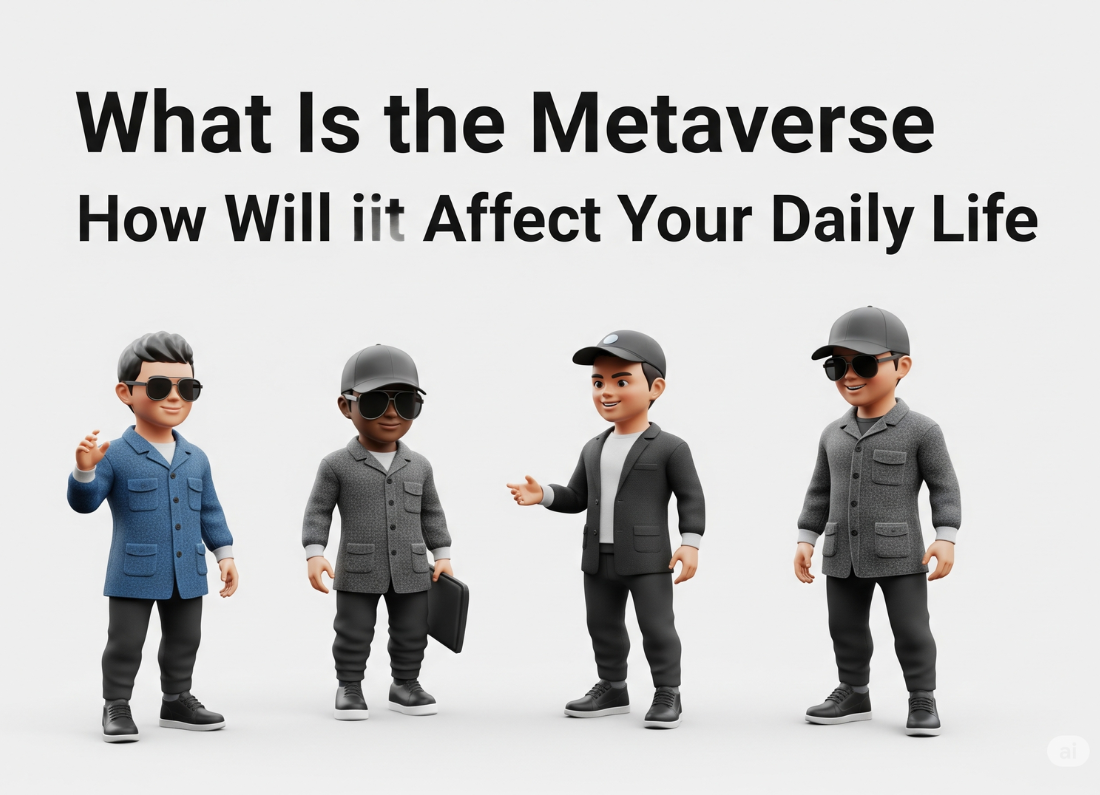

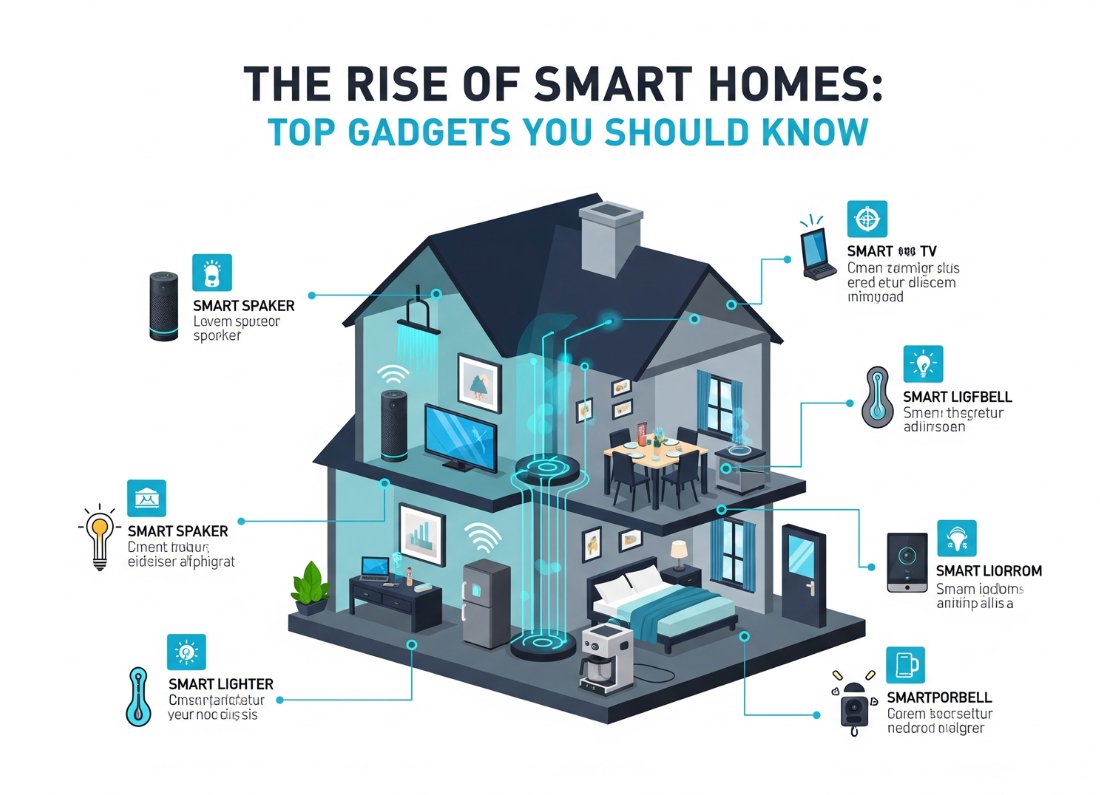
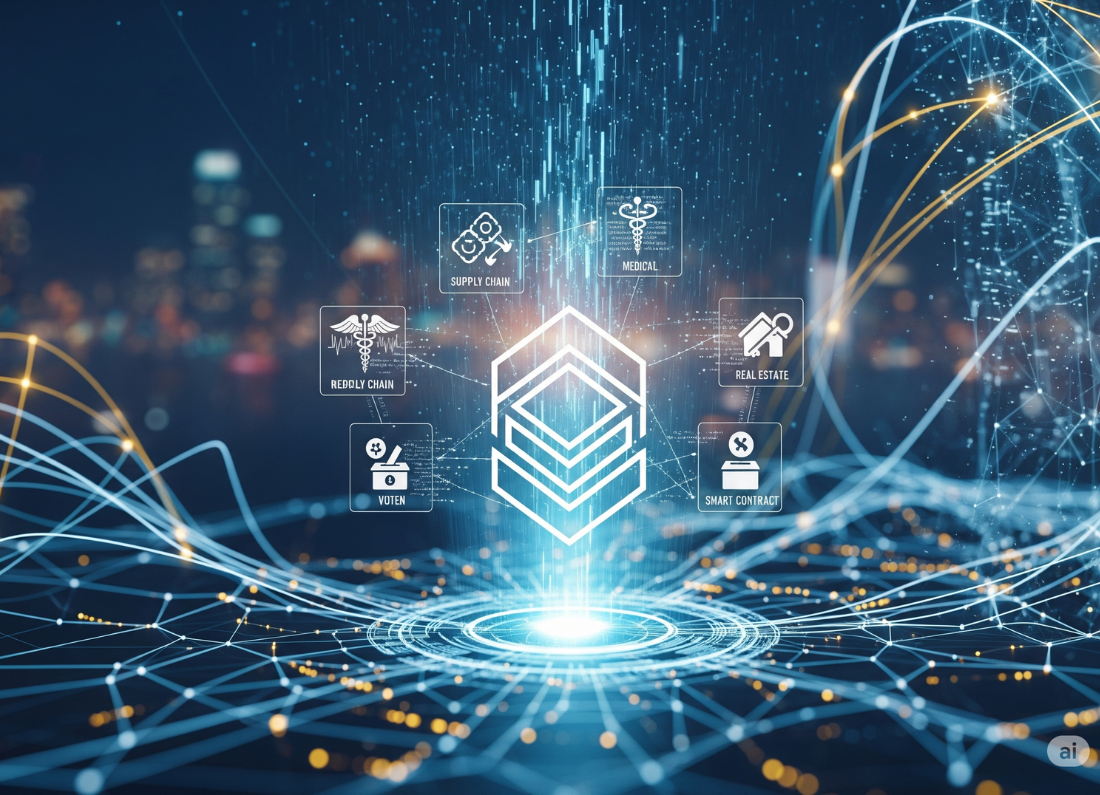
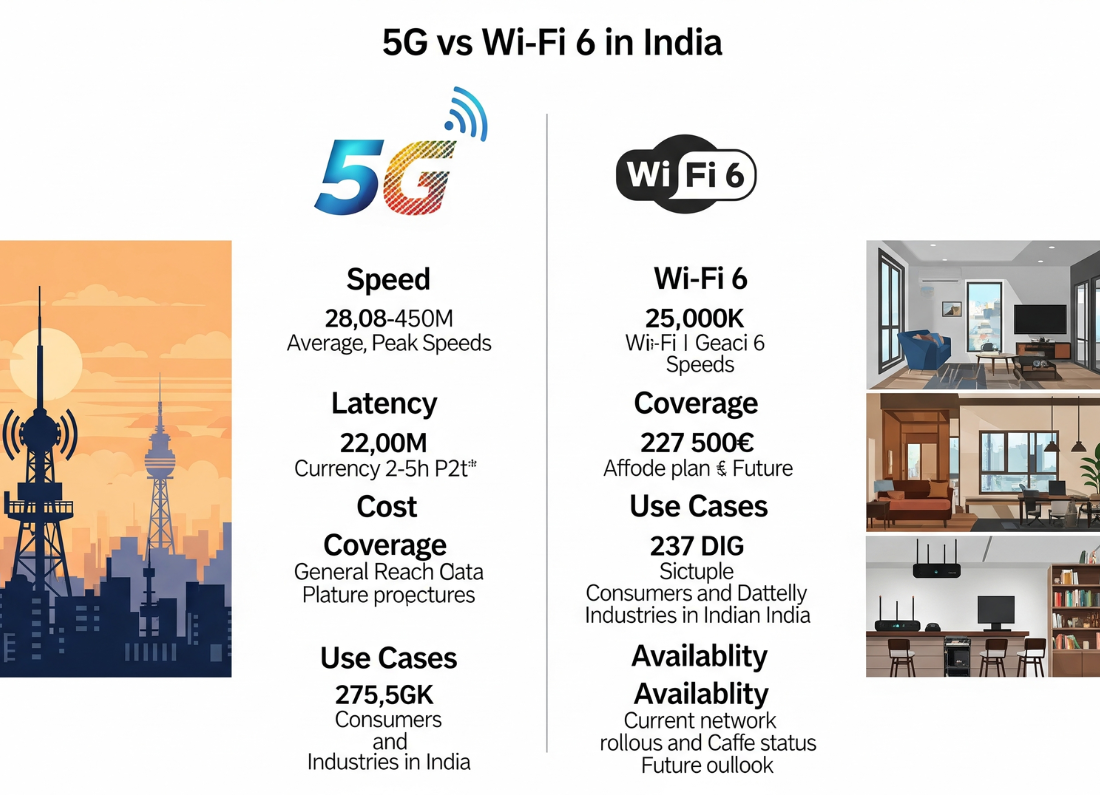

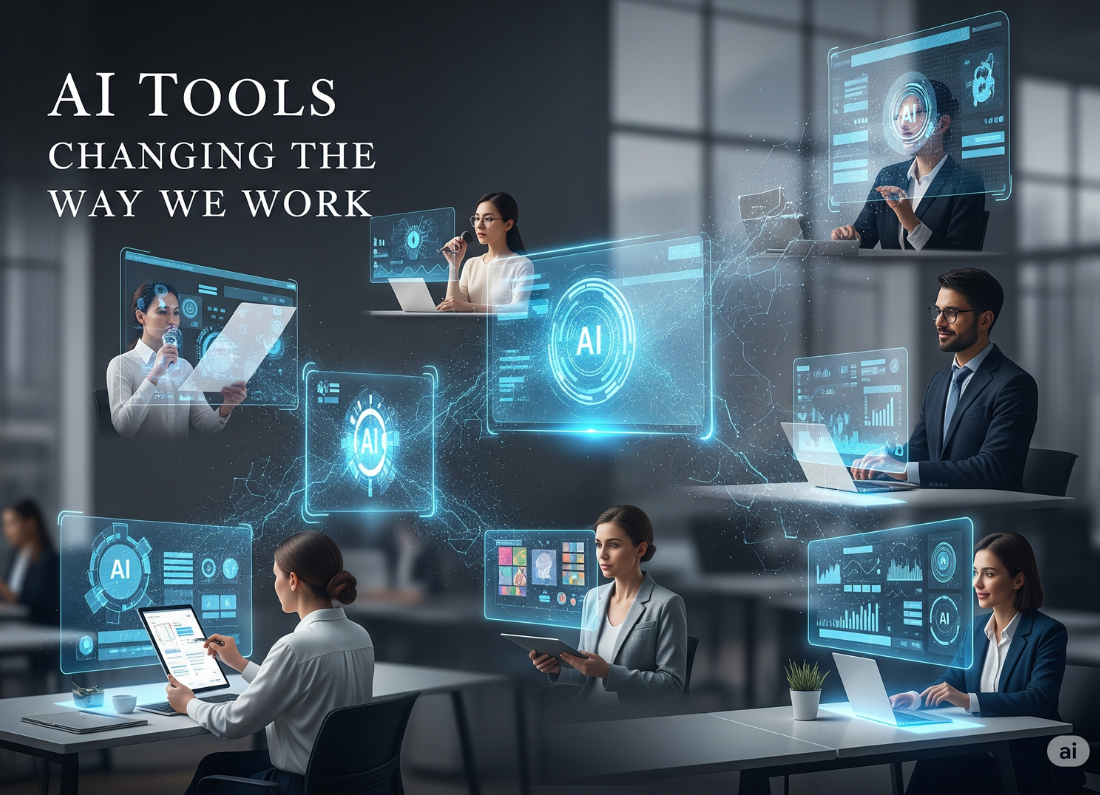




Leave a Reply